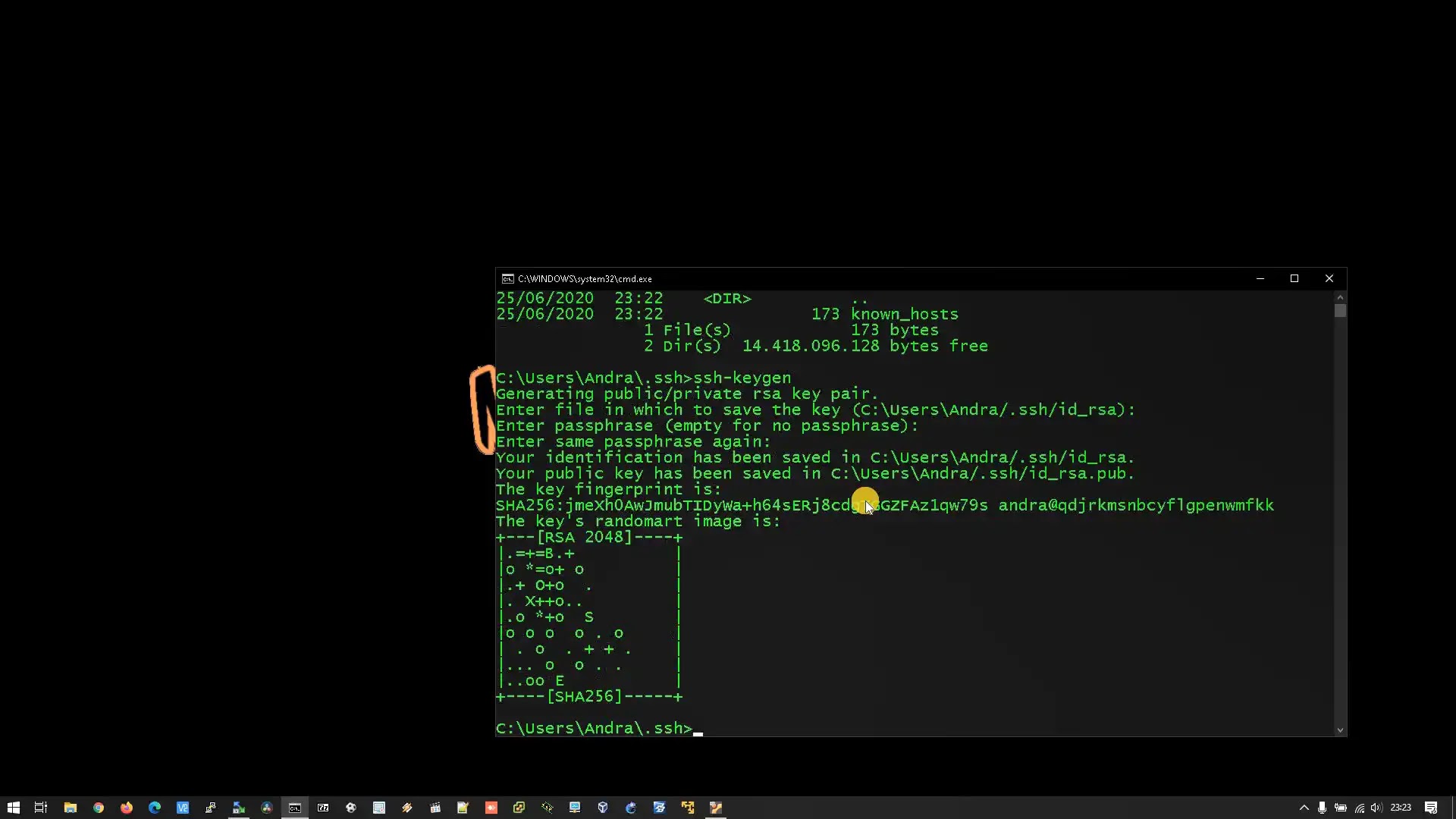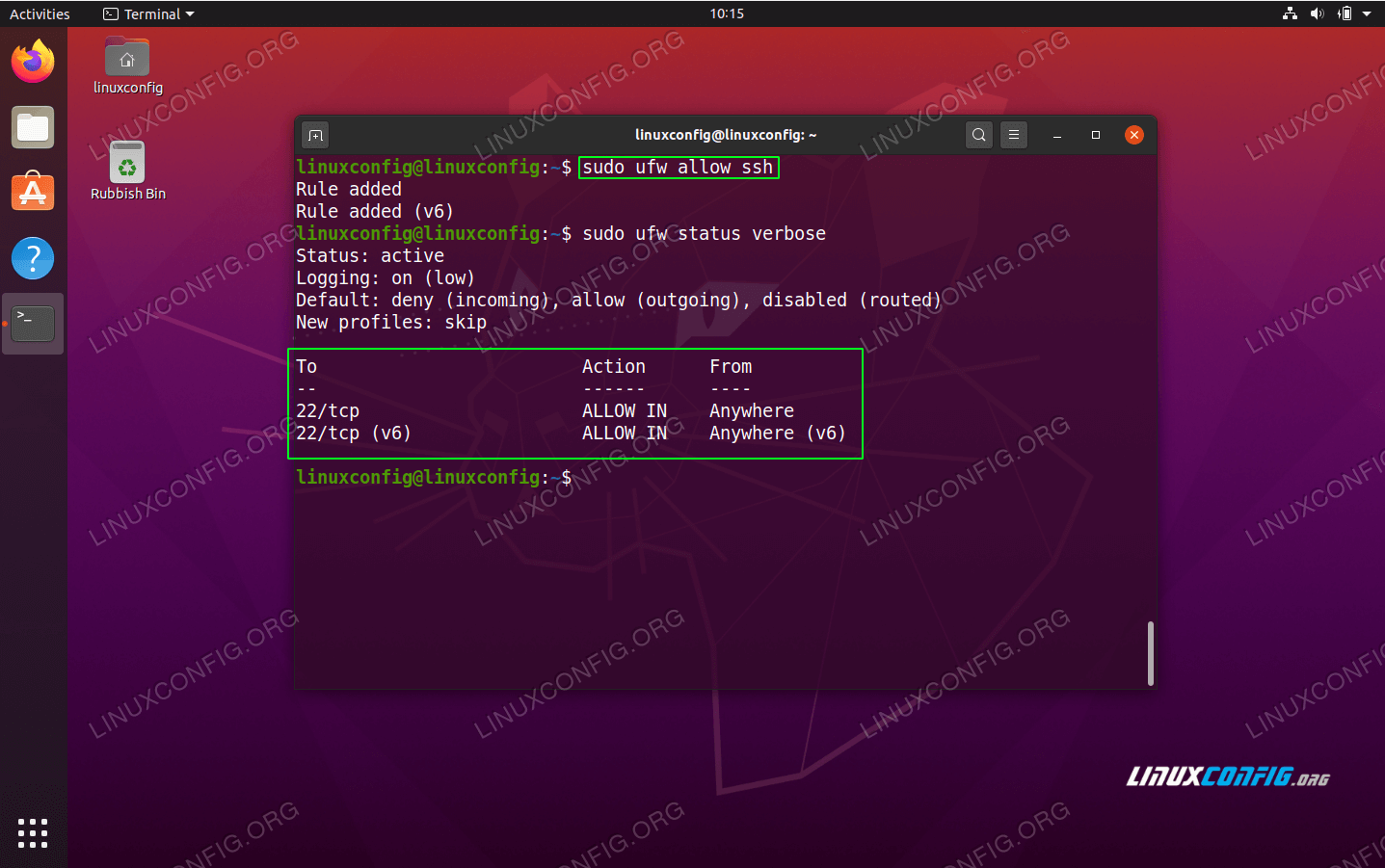Connecting remote IoT devices through a secure P2P SSH Ubuntu server is a critical aspect of modern network management. As the Internet of Things (IoT) continues to grow, ensuring secure communication between devices becomes increasingly important. This guide provides a detailed explanation of how to establish secure connections for your IoT devices using SSH on an Ubuntu server.
In today's interconnected world, IoT devices are becoming more prevalent in homes, businesses, and industries. However, with this growth comes the challenge of maintaining security while ensuring seamless communication. This article will explore the importance of securing IoT devices and provide step-by-step instructions to connect them securely using SSH on an Ubuntu server.
Whether you're a beginner or an experienced IT professional, this guide will help you understand the fundamentals of IoT security, SSH protocols, and how to set up a secure P2P connection. Let's dive into the details and explore how to protect your IoT devices effectively.
- Unveiling Moviespointin The Ultimate Guide To Legal Streaming Platforms
- Smith Machine Squat The Ultimate Guide To Maximizing Your Workout
Table of Contents
- Introduction to SSH
- Understanding IoT Security
- Why Choose Ubuntu Server?
- Setting Up an Ubuntu Server
- Configuring SSH for Remote Access
- Securing SSH Connections
- Establishing P2P Connections
- Testing Your Connection
- Troubleshooting Common Issues
- Best Practices for Secure Connections
Introduction to SSH
SSH, or Secure Shell, is a cryptographic network protocol used to establish secure connections between devices over an unsecured network. It provides encrypted communication, ensuring that data transmitted between devices remains private and tamper-proof.
SSH is widely used for remote administration and secure file transfers. By using SSH, users can securely manage servers, execute commands, and transfer files without worrying about eavesdropping or data breaches.
Benefits of Using SSH
- Encrypted communication to prevent data interception
- Authentication mechanisms to ensure secure access
- Support for multiple encryption algorithms
- Compatibility with various operating systems
Understanding IoT Security
IoT devices are increasingly vulnerable to cyberattacks due to their widespread use and limited security features. Ensuring the security of these devices is crucial to protect sensitive data and prevent unauthorized access.
- Russell Crowe A Comprehensive Look At The Iconic Actors Life And Career
- Hdb4u Hub Movies Download Your Ultimate Guide To Streaming And Downloading Movies
Securely connecting remote IoT devices using SSH on an Ubuntu server is one way to enhance security. By encrypting communication and implementing strong authentication methods, you can significantly reduce the risk of breaches.
Common IoT Security Threats
- Unsecured communication channels
- Weak authentication mechanisms
- Malware and ransomware attacks
- Unauthorized access to devices
Why Choose Ubuntu Server?
Ubuntu Server is a popular choice for setting up secure IoT connections due to its robust security features and ease of use. It offers a stable and reliable platform for managing IoT devices and supports a wide range of applications and services.
Ubuntu Server also provides regular updates and security patches, ensuring that your system remains protected against emerging threats. Additionally, its large community of users and developers ensures that you can easily find support and resources when needed.
Key Features of Ubuntu Server
- Stable and reliable performance
- Regular security updates
- Support for various applications and services
- Active community and extensive documentation
Setting Up an Ubuntu Server
Setting up an Ubuntu server is a straightforward process that involves downloading the Ubuntu Server ISO file, creating a bootable USB drive, and installing the server on your chosen hardware.
Once the installation is complete, you can configure the server settings to suit your needs. This includes setting up user accounts, configuring network settings, and installing necessary software packages.
Steps to Install Ubuntu Server
- Download the Ubuntu Server ISO file from the official website
- Create a bootable USB drive using tools like Rufus or Etcher
- Boot your system from the USB drive and follow the installation wizard
- Configure server settings, including user accounts and network settings
Configuring SSH for Remote Access
Configuring SSH on your Ubuntu server involves installing the OpenSSH server package, generating SSH keys, and setting up firewall rules to allow SSH connections.
By default, SSH is not installed on Ubuntu Server, so you'll need to install it manually. Once installed, you can configure SSH settings to enhance security and improve performance.
Steps to Configure SSH
- Install the OpenSSH server package using the command:
sudo apt install openssh-server - Generate SSH keys using the command:
ssh-keygen -t rsa - Configure firewall rules to allow SSH connections:
sudo ufw allow ssh
Securing SSH Connections
Securing SSH connections is essential to protect your server from unauthorized access. This involves implementing strong authentication methods, disabling password-based logins, and using SSH keys for authentication.
Additionally, you can enhance security by configuring SSH settings, such as limiting access to specific users or IP addresses, and enabling two-factor authentication.
Best Practices for Securing SSH
- Disable password-based logins and use SSH keys instead
- Limit access to specific users or IP addresses
- Enable two-factor authentication for added security
- Regularly update SSH software and security patches
Establishing P2P Connections
Establishing P2P connections between IoT devices involves configuring SSH settings to allow direct communication between devices. This can be achieved by setting up a reverse SSH tunnel or using a P2P SSH client.
By establishing P2P connections, you can reduce latency and improve communication efficiency between devices. This is particularly useful in scenarios where devices are located in different geographic locations.
Steps to Set Up a Reverse SSH Tunnel
- Install the SSH server on both devices
- Generate SSH keys for both devices
- Set up a reverse SSH tunnel using the command:
ssh -R 2222:localhost:22 user@server
Testing Your Connection
Testing your SSH connection is an important step to ensure that everything is working correctly. This involves verifying that you can connect to your server remotely and that data is transmitted securely.
You can test your connection by attempting to log in to your server using SSH from a remote device. If the connection is successful, you can proceed to test file transfers and other services.
Steps to Test Your SSH Connection
- Attempt to log in to your server using SSH from a remote device
- Test file transfers using SCP or SFTP
- Verify that data is transmitted securely using encryption
Troubleshooting Common Issues
When setting up SSH connections, you may encounter various issues that need to be addressed. These can include connection errors, authentication failures, or firewall restrictions.
By following a systematic approach to troubleshooting, you can identify and resolve these issues quickly and effectively. This involves checking server logs, verifying configuration settings, and testing network connectivity.
Common SSH Issues and Solutions
- Connection errors: Check server logs and verify network settings
- Authentication failures: Ensure SSH keys are correctly configured
- Firewall restrictions: Configure firewall rules to allow SSH connections
Best Practices for Secure Connections
Implementing best practices for secure connections is essential to protect your IoT devices and ensure seamless communication. This involves regularly updating software, monitoring system logs, and following security guidelines.
By adhering to these best practices, you can significantly reduce the risk of breaches and ensure the long-term security of your IoT devices.
Key Best Practices
- Regularly update software and security patches
- Monitor system logs for suspicious activity
- Follow security guidelines and recommendations
Conclusion
Securing remote IoT devices through a P2P SSH Ubuntu server is a critical aspect of modern network management. By following the steps outlined in this guide, you can establish secure connections that protect your devices and ensure seamless communication.
We encourage you to implement the best practices discussed and regularly update your system to maintain optimal security. Feel free to leave a comment below if you have any questions or feedback. Additionally, don't forget to share this article with others who may find it useful!
For more information on IoT security and SSH configurations, refer to the following resources:
- Wwwmovierulzcom In Telugu Your Ultimate Guide To Telugu Movies
- Hdmoviepoint Your Ultimate Guide To Streaming Movies Online


